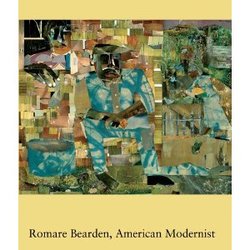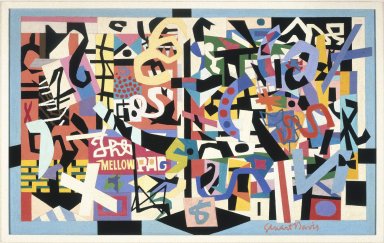 In this week’s Saturday’s Wall Street Journal, I’ve got the space devoted each week to the marvelous Masterpiece column, where I have written “an anatomy” of Stuart Davis’s The Mellow Pad (at left). The Brooklyn Museum owns it, and it hangs in the American galleries, grouped among a few other works and furniture (I wish it had a space of its own, but that’s another story). Here’s the link to the WJS article.
In this week’s Saturday’s Wall Street Journal, I’ve got the space devoted each week to the marvelous Masterpiece column, where I have written “an anatomy” of Stuart Davis’s The Mellow Pad (at left). The Brooklyn Museum owns it, and it hangs in the American galleries, grouped among a few other works and furniture (I wish it had a space of its own, but that’s another story). Here’s the link to the WJS article.
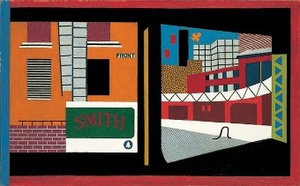 Davis started in the painting in 1945, but went back to it in 1947, and finally finished it in 1951. It’s a high-spirited, cheerful work and, more important, is his last riff on his earlier work, House and Street, which is in the Whitney’s permanent collection.
Davis started in the painting in 1945, but went back to it in 1947, and finally finished it in 1951. It’s a high-spirited, cheerful work and, more important, is his last riff on his earlier work, House and Street, which is in the Whitney’s permanent collection.
I’ve placed both paintings here. It’s much more fun if you take a hard look at them before reading my piece.
Before writing the article, I naturally read a lot about the painting, including several articles provided to me by Teresa Carbone, the American art curator at the Brooklyn Museum — which, i say with thanks, saved me some time.
Then I found something that, not too long ago, wouldn’t have been available to me, at least not in my own home: I listened to Davis himself.
The Walker Art Center has posted online, in MP3 format, a recording of an interview with Davis conducted by curator Sidney Simon, on the occasion of a 1957 show of Davis’s work there. It’s broken into tracks, which are described, for easy access to sections that you’re interested in. How great is that?
Photo Credits: Courtesy of the Brooklyn Museum (top), the Whitney Museum (bottom) and the Stuart Davis Estate

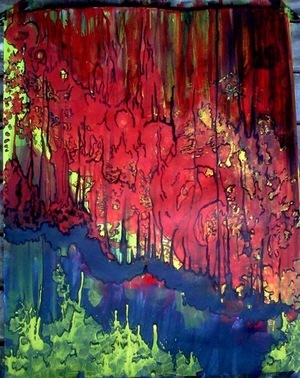 The teen curators at the Albright-Knox Art Gallery, which I wrote about
The teen curators at the Albright-Knox Art Gallery, which I wrote about 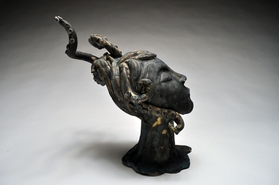 From Future Curator Benjamin Almeter:
From Future Curator Benjamin Almeter: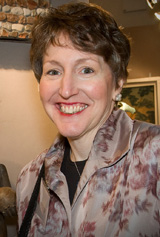 Conelli (right)
Conelli (right) 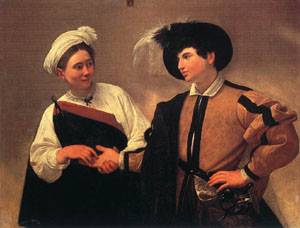 This is only the second time the painting has been shown in the U.S.,
This is only the second time the painting has been shown in the U.S., 